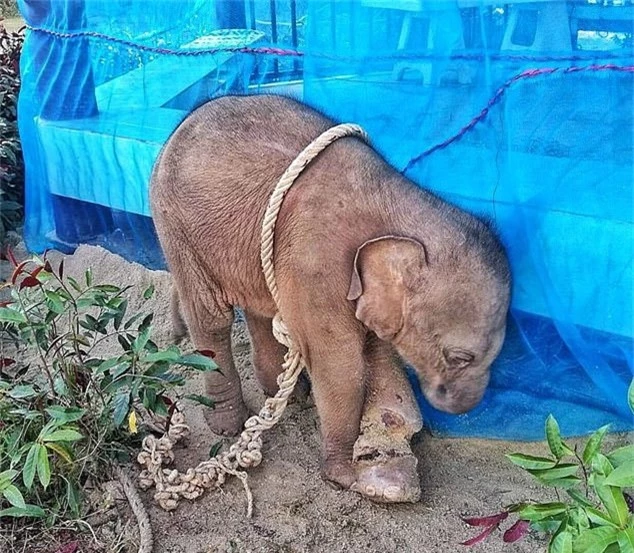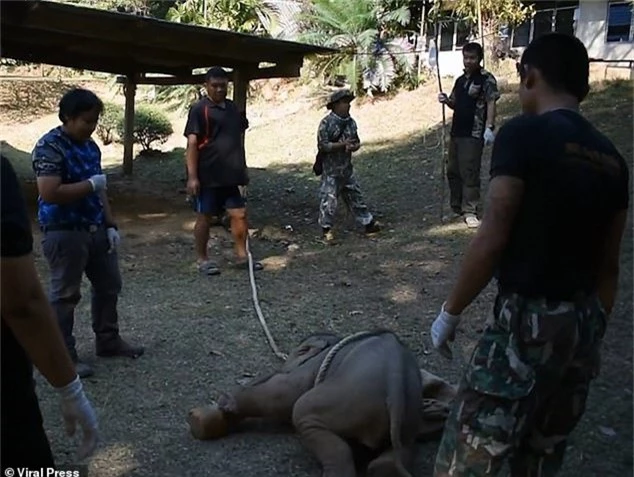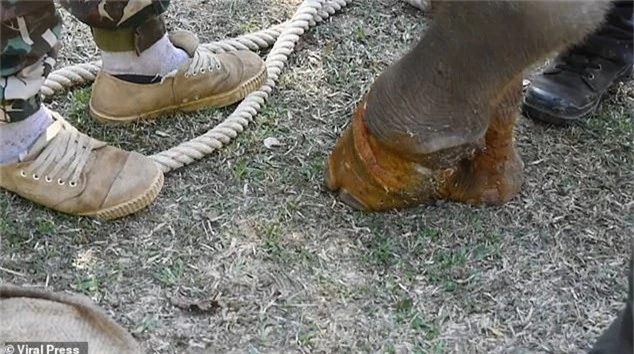“Caiden’s Last Whisper — A Mother’s Love That Even Heaven Couldn’t Break”.1307
Two years.
Two long, unrelenting years since that fateful day in November — the day the world fractured into pieces with four words that would forever change everything: “There’s nothing we can do.”
No one expects life to end this way. So sudden. Not for a child whose laughter once filled every corner of the house, whose heartbeat was the rhythm of a family’s love. Yet that day, life drew an unyielding line between
The 7th of November marked the moment when hope shattered, when the skies that once seemed endless turned cold, gray, and final. It was the day a mother first understood what true devastation felt like — the day the first bomb went off inside her heart, tearing apart every expectation, every dream, every quiet certainty she had ever known.
And even two years later, that explosion still echoes in every breath she takes.

Grief is peculiar that way. It does not live in grand gestures, but in the quiet spaces — a smile that feels wrong, a laugh that brings guilt, a plan for tomorrow that feels hollow without the one who is gone. It is a constant struggle, a push and pull between moving forward and feeling like doing so betrays the memory of the one who cannot be held again.
Caiden’s mother, Jasmine, once shared something that has haunted every parent who has lost a child. She said that when Caiden’s heart stopped beating, he let out a sharp, piercing scream — a sound that some say can be the moment a child’s soul detaches from the one it loved most. A bond breaking. A farewell that no parent should ever hear.
She said he didn’t want to go. That leaving must have been utterly heartbreaking for him.
Not every child screams, though.
Some simply leave quietly.
The mother remembers that silence. The unbearable, absolute stillness after her child took his final breath. She felt his little heart beat for the last time beneath her hand. She held him close, listening to his final, soft exhale, and then there was nothing. No sound. No movement. Just love, heavy and unyielding, refusing to let go.

A month or two later, still sleepless, she spoke with a healer — a stranger who became a fragile bridge between worlds. He told her that Caiden’s spirit had not yet fully crossed over, that the connection between them still held him close to earth. Her love, he said, was so powerful that it kept him near, preventing him from moving on as he should.
With trembling faith, she agreed to let him go.
The healer called forth the angelic ones, and in her mind’s eye, she saw him. Her boy, her everything. Holding the angels’ hands, he turned back toward her, his bright, trusting eyes repeating the words that would live in her heart forever:
In that moment, she understood something profound — love does not vanish when life ends. It transforms. It becomes an invisible thread, unbreakable, connecting heart to heart, soul to soul.
She cannot say for certain if she believes in heaven, or angels, or the mysteries the healer spoke of. Before all this, she believed in almost nothing. But she believes in that moment — the whisper of love that transcends the final breath, the invisible bond that even death cannot silence.

Because real love is not always about holding on forever. Sometimes, it is the strength to let go.
Two years on, she still carries his memory in every sunrise, every quiet hour, every unexpected smile. She has learned that grief does not fade — it softens, perhaps, but it never disappears. It becomes part of you, woven into your being like the echo of a heartbeat that once matched your own.
And somewhere, beyond the reach of eyes, a little boy runs free — laughing, unbroken, still proud of his superhero mum.
A Miracle in the Forest: The Baby Elephant Who Defied the Odds.1298

Deep in the dense forests of Rayong, a scene unfolded that would haunt and inspire all who witnessed it. A tiny female baby elephant, barely a month old, was found alone, her cries weak and desperate, wandering through the underbrush. Her leg was trapped in a cruel metal snare, rotting and crawling with maggots, each step a testament to unimaginable pain. Without her mother or herd, she struggled through the forest, fragile and helpless, her small frame a stark symbol of suffering in the wild.
News of the calf’s plight reached the villagers of Khao Hoi Hua, who were deeply shaken by the sight of the injured animal. Her condition was grave: she could barely stand, her breathing shallow, and her body trembling from exhaustion and infection. Recognizing the severity of her injuries, they knew immediate action was critical. Time was slipping away, and only trained forest rangers could provide the specialized care she needed.
With urgency and compassion, the villagers fashioned a makeshift stretcher and secured the calf to motorbikes, carefully transporting her through the forest to the rescue center. Along the bumpy path, the calf lay still, too weak to resist, her tiny cries fading as they raced against the clock. Each moment was critical; every passing second could mean the difference between life and death.

Upon arrival, veterinarians and rangers sprang into action. The metal trap that had caused so much suffering was removed, revealing the full extent of the injury: her leg was blackened, swollen, and teeming with maggots. The sight was harrowing, a chilling reminder of how close the calf had come to death. But amidst the horror, there was hope: the tiny elephant was still alive, and her fight for survival had begun.
The medical team worked tirelessly through the night, cleaning her wound, administering antibiotics and pain relief, and tending to the infection. Every procedure required patience and care, for the calf’s body was frail, and her spirit, though brave, needed reassurance. Slowly, cautiously, she began to respond to the treatments, her tiny body clinging to life with a willpower that astonished everyone.
The villagers continued to play a vital role in her recovery. They visited regularly, bringing food, supplies, and encouragement. Their presence reminded the calf that she was not alone, and their compassion became a powerful force in her healing. Each day brought small victories: a stronger breath, a tentative movement, a glimmer of curiosity in her eyes.

Weeks passed, and the baby elephant’s transformation was remarkable. Her once-dull eyes brightened, her strength returned, and her leg began to heal. With the assistance of her caretakers, she took her first steps, shaky but determined. Soon, she was able to walk on her own, slow but steady, each stride a triumph over the suffering she had endured. Her perseverance and resilience were a testament to the extraordinary courage of animals when given a second chance.
When she was finally strong enough, the rangers prepared her for release back into the forest. The villagers watched with pride and awe as she stepped forward, leaving behind the cage of pain and fear. The tiny calf, once on the brink of death, now returned to the wild, free to roam with her kind, a symbol of hope, resilience, and the power of compassion.
Her story spread far beyond Rayong, inspiring countless people worldwide. It became a powerful reminder that even in the face of cruelty and neglect, hope can prevail. Through the combined efforts of villagers, rangers, and veterinarians, a life once teetering on the edge was saved, and a miracle was witnessed in the forest.

Today, the baby elephant thrives among her herd, strong, healthy, and full of life. Her journey from near-death to freedom stands as a lasting testament to the impact of compassion, unity, and dedication. She is living proof that even the smallest acts of kindness can change a life—and sometimes, save one.
Her courage, the devotion of those who saved her, and her eventual triumph are a story for the world: a story that reminds us that hope, compassion, and resilience can conquer even the harshest beginnings. This baby elephant is more than a survivor; she is a symbol of the extraordinary power of love and care in the face of adversity.





